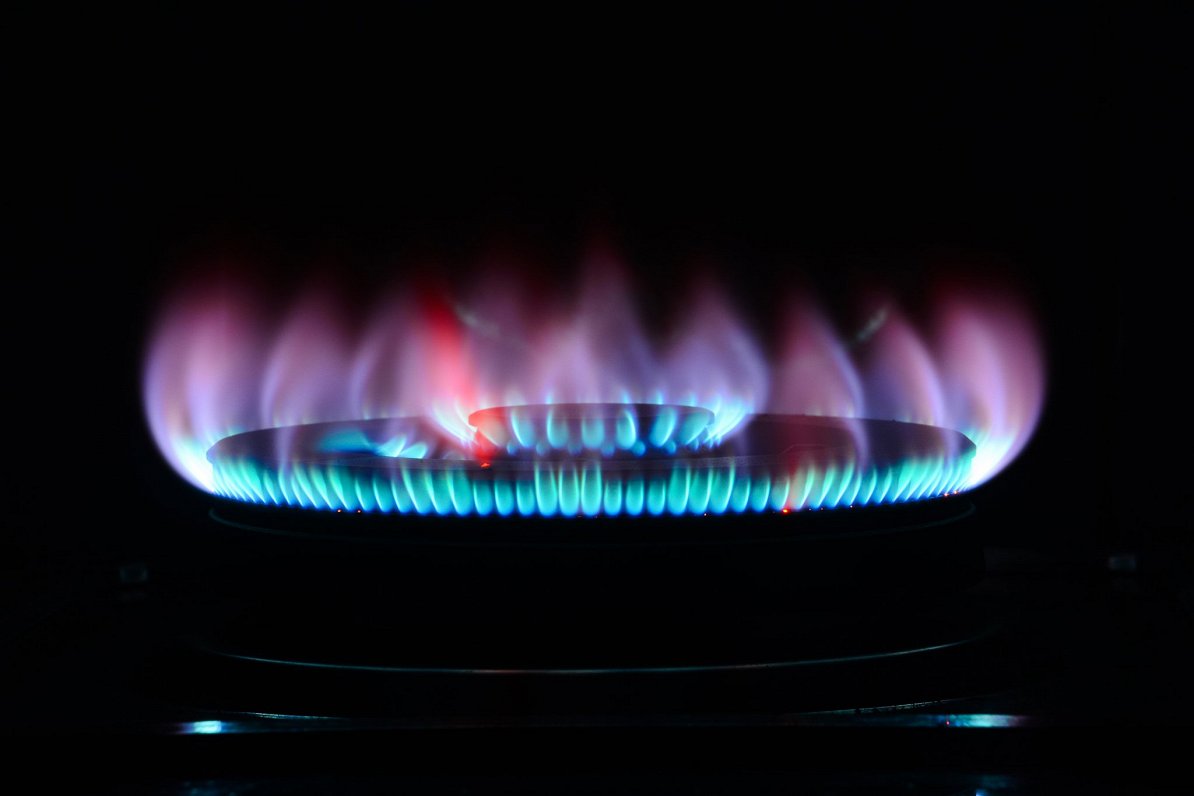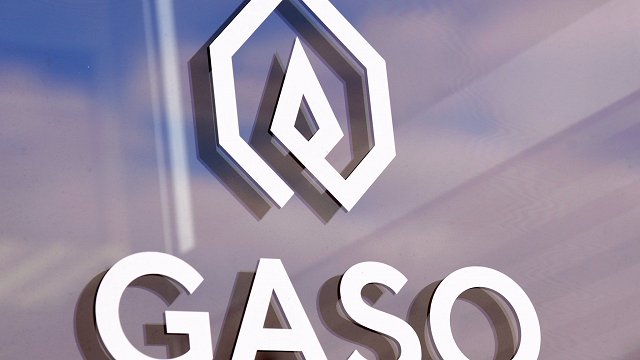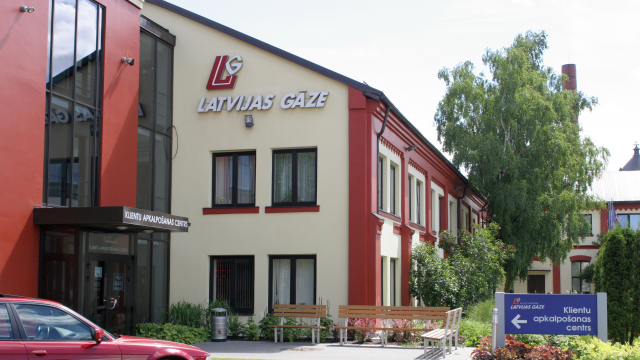For households consuming up to 250 cubic meters of natural gas per year, the differentiated final trade rate with value added tax (VAT) and excise duty will increase by 43.1% in the first half of 2021, from €0.49949 per cubic meter to €0.71472 per cubic meter, while for households consuming between 250 and 500 cubic meters of natural gas the final tariff will rise by 25%, from €0.46328 per cubic meter to €0.57912 per cubic meter.
For households consuming between 500 and 25,000 cubic meters of natural gas a year, the final tariff will increase by 38.5% - from €0.30084 per cubic meter to €0.41668 per cubic meter.
The fixed part of the payment for natural gas will also increase depending on permitted load, by anywhere between 11.9% and 52.8%.
The changes are related to both increases in natural gas prices on global markets and changes to the tariffs for distribution system operator AS “Gaso”, approved by the Commission on Public Utilities (SPRK) on April 30 this year. Such tariff increases are needed by the company to further modernize its infrastructure.
“Natural gas prices are determined by the free market, meaning prices fluctuate depending on the global situation. Traders follow them and set their price policy accordingly. “Latvijas Gāze”, as a public trader for households, reviews prices twice a year according to the methodology approved by SPRK,” said Jānis Kalējs, head of the Latvijas Gāze wholesale department.
The increase in the price of natural gas on international markets is linked to a number of events in Europe. Last winter was relatively colder across Europe than in other years, so gas consumption increased. Consequently, the European gas storage sites currently show the lowest level of natural gas in the last three years, leading to increased demand for natural gas for the winter season, increasing demand and, consequently, gas prices. The natural gas market is also affected by the geopolitical situation.
Natural gas consumers using up to 25,000 cubic meters experience two tariff changes a year - on January 1 and July 1.
Gas tariffs in 2020 were reportedly the lowest in the past ten years.






























